Originally published March 2009
One very cool technique to capture movement in your photographs is known as panning.
Some of the most evocative and striking imagery comes from sports photography and in particular sports which involve a high degree of motion. One of the great things about photography is the way we can convey a sense of movement in a still image. With the right techniques, you can clearly show your audience that the subject of your photograph is moving without the need to use video to capture them.
It results in an in-focus subject with a streaked background in your photos. Luckily, it isn't as difficult as you might think to capture panning photos like the ones below.
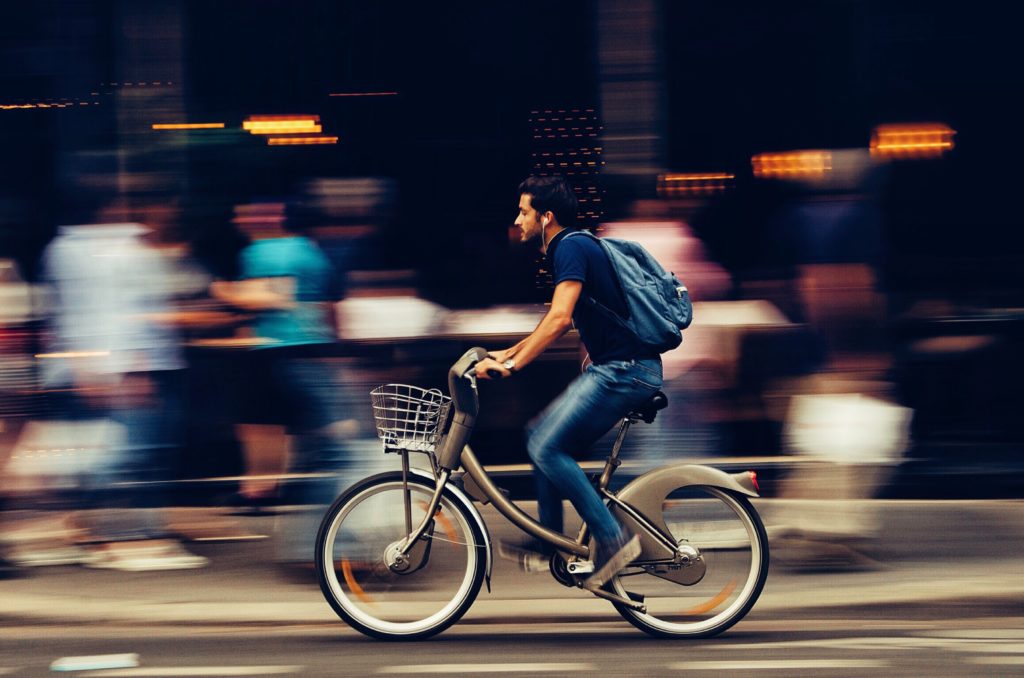
Although panning is not tricky, there are some things you need to take into consideration when shooting a moving subject with this technique.
What Is Panning?
When we shoot a stationary subject, we stand still, point the camera at the subject and fire the shutter. If we were to do the same for a subject that was passing our camera at speed, that subject would be blurred, and the background would still be sharp.
With panning, we can reverse that so that our background becomes blurred or streaky and our subject remains sharp. To do this, we use our body to track the subject with our camera. By choosing the right shutter speed, the background becomes blurred, yet out moving subject remains in focus.
Unlike a shallow depth of field, the blurred background created by panning has a streaked motion feel to it. So how do we do it? What do we need to know?
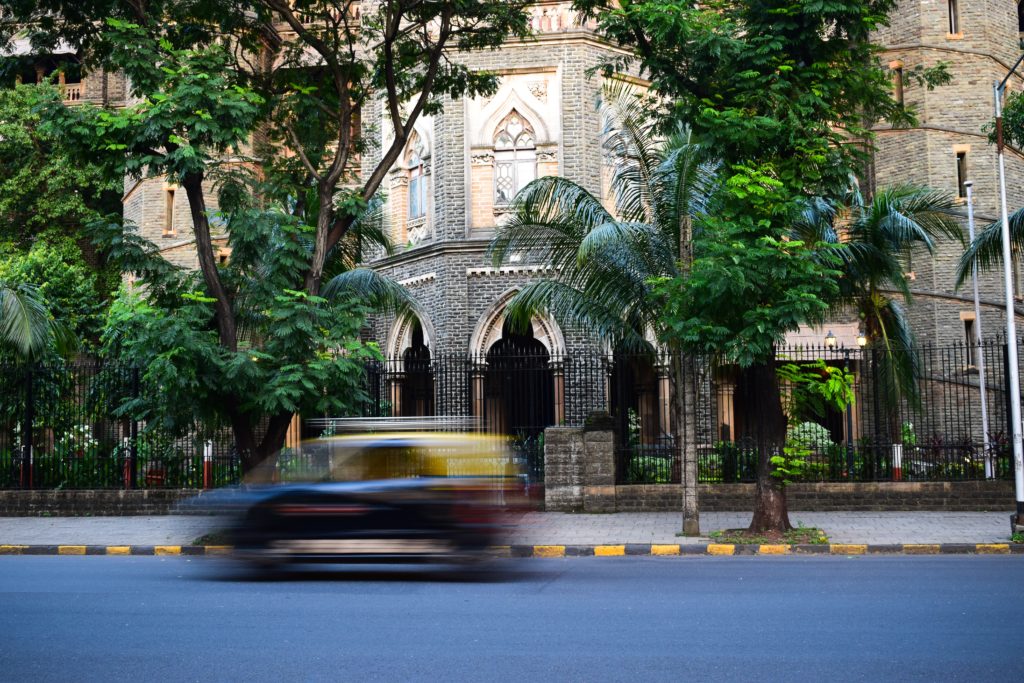
Your Stance
Your stance is critical when panning a shot as it's your body that is going to act like the fluid head on a video tripod. You need to stand fully upright, your feet a shoulder's width apart. During the pan, your feet should remain in the same position.
Assuming the subject was coming from left to right, you swivel your upper torso from above your hips towards the subject. Your camera will be held in the same way as if you are taking an ordinary shot, left hand under the lens, right hand holding the camera body and grip, in a relaxed yet firm way. Your index finger should rest lightly on the shutter button, and your elbows should be tucked into your body. As the subject approaches, you keep this stance, turning your torso only to track the subject. You need to match the rotation of your body to the speed of the subject.
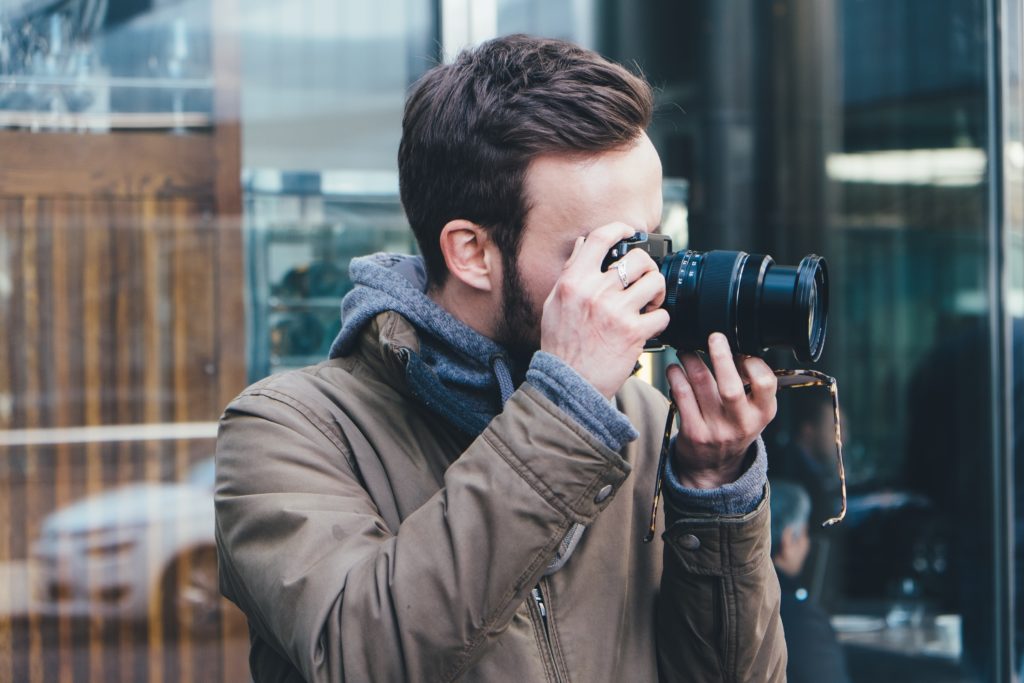
Setting A Slow Shutter Speed
The best mode to use for capturing motion with a pan is to set your camera to shutter priority mode. Set a relatively slow shutter speed in relation to the speed of the subject. The following can be used as starting points, but you will need to experiment to get the right “look.”
- High-speed subjects such as a racing car – 1/60 to 1/125th
- Moderate speed subjects such as cars on a city street – 1/15 – 1/30th
- Relatively slow subjects for example cyclists 1/4 – 1/15th
As the subject of your photo moves start following them in your viewfinder. As the subject crosses immediately in front of you, take the photo while continuing to follow them with your camera.
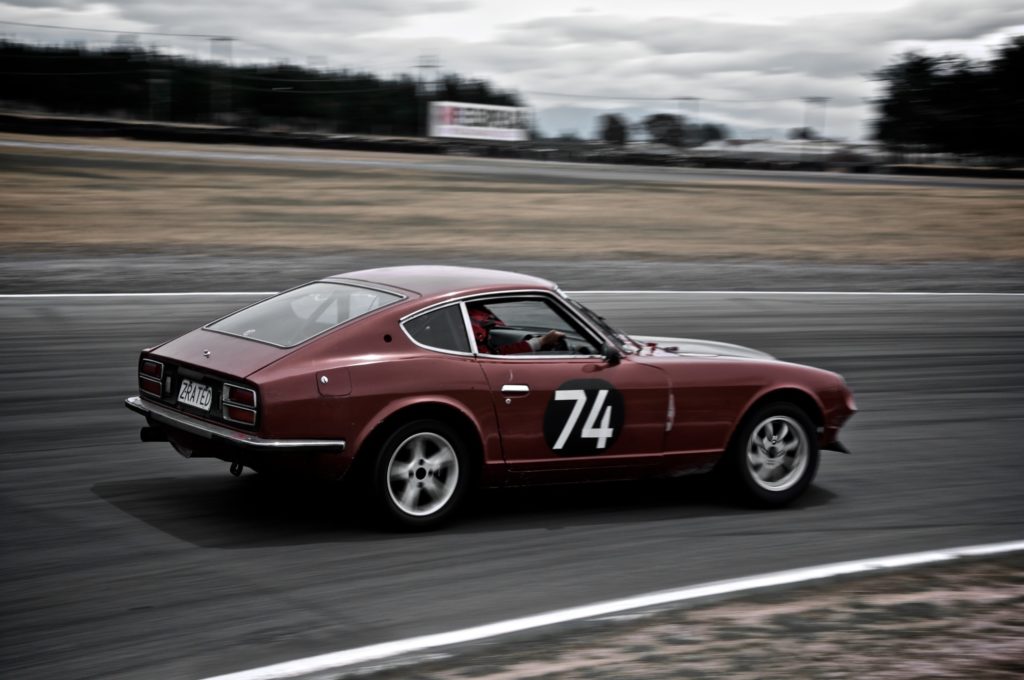
When shooting panning shots, your exposure is confined by the shutter speed you require. Because of this shutter priority is by far the best option. If you find your images are looking a little light or dark, you can use the exposure compensation dial to correct the exposure. This will change the aperture slightly to suit while maintaining the shutter speed that you set.
As well as adding motion blur to your background, different shutter speeds will have a differing effect on your subject. Slower shutter speeds will mean that any parts of your subject that are moving will also have motion blur. For example, a slow shutter speed when shooting a cyclist might mean that the legs are also blurred and the body sharp. Picking the right shutter speed is a matter of trial and error.
And that's the easy way to take a panning photo using shutter priority. It gives you the added advantage of not having to set or mess with aperture, which saves time when you're shooting action shots.
Focussing On Your Subject
Panning is only a part of the process that goes into getting great panning shots. Another element is nailing the focus. While modern cameras are amazing, if your camera's auto-focus is a bit slow, you might need to focus manually on a predetermined position instead.
To manual focus, you will need to watch the behaviour of your subject and determine the point where the motion looks best. Then manually prefocus the camera to that point.
With that said, most autofocus systems these days are very accurate. You will need to set your autofocus to the right mode, in most cases that will be AF-C or Auto Focus Continuous mode.
In this mode, the camera will use multiple focus reference points from across the viewfinder to predict and track your subject. Combined with a proper panning technique, this should lead to a good percentage of images being in focus.
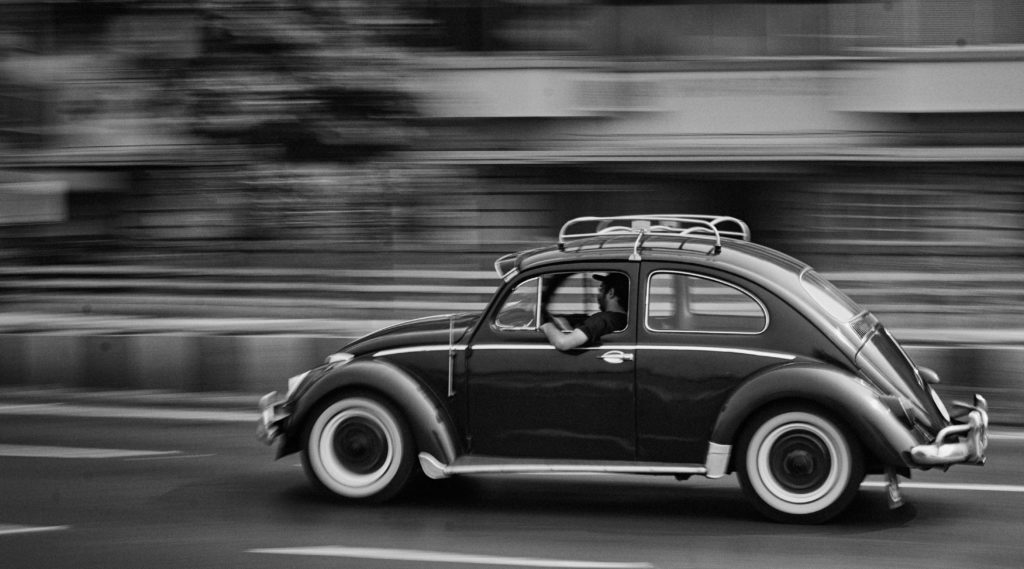
Selecting A Drive Mode
Those that remember the days of film will also probably remember the whirl of camera motor drives at sports events. These chunky beasts attached to the bottom of the camera and advanced the film at a rapid rate of 6 frames per second.
Fast forward to the digital age and all cameras are pretty much capable of shooting six frames per second and many can shoot much faster. This is called continuous shooting mode, and it's one of the things you should set when shooting panning shots.
The reason for this is that shooting motion shots with panning can be hit and miss, both in terms of composition and in focussing. By shooting continuous, we are significantly increasing the chances of getting both an excellent shot composition wise and one where the subject is still sharp.

Image Stabilisation
Many lenses and indeed cameras have image stabilisation these days. So should you have image stabilisation on or off when shooting panning shots? This can depend on your camera and lens. Some lenses have an active stabilisation mode, and this is designed to work well with a panning technique. Others may have just basic stabilisation; this can work against you when attempted to pan. Check out the manual for both your lens and camera to determine what is best for your set up.
Your Panning Checklist
So, in summary, panning to create motion blur is an easy technique to achieve. You do, however, need to remember some things.
- Correct stance and posture, swivel from above the hips
- Use shutter priority and practice with different shutter speeds
- Use Autofocus Continuous mode unless you have an older slower camera
- Shoot in continuous drive mode
- Check whether you should use image stabilisation
A proper panning technique can lead to excellent sports and wildlife images. With a little practice, you will soon learn what shutter speeds work best with various moving subjects and in turn, produce fantastic images that convey pure motion.







6 Comments
Don’t forget – A steady hand is important as well.
Yup, I should have mentioned to be concious of that, especially at the point where you actuallly take the pic as that can have an effect on the trajectory of the camera. Thanks Ilan.
Nice intro into panning. I've written an article on panning at car races if you want more info.
https://michaelamarks.com/?p=28
Cheers
It's all in the hips. I find that way you maintain a smooth panning action.
I'm so happy to be a member here, very informative… thanks!
Would you use AI SERVO (on a canon) for this or is it only for blurring images?